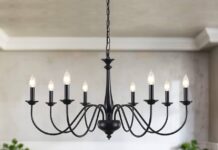The Western home decorating style is an embodiment of timeless allure, drawing heavily from the traditions and landscapes of the American West. It paints a canvas of open plains, towering mountains, and the indomitable pioneering spirit. Leather, as a cornerstone of this aesthetic, seamlessly blends luxury with a rustic ambiance, forming the very fabric of Western decor. But, like all powerful elements, it demands judicious use.
Understanding Western Home Decorating

At its core, Western home decorating is far removed from mere clichéd representations of cowboys or desert cacti. It’s a rich tapestry of raw, organic elements seamlessly intertwined with rustic nuances. Materials like wood, stone, and skin are the foundation, each echoing tales of nature and untamed landscapes. Modern interior design, with its penchant for authenticity and tangible connections, often borrows from this Western aesthetic. The appeal lies in its ability to evoke warmth, nostalgia, and a tangible link to a bygone era.
The Dos of Using Leather Furniture
Few materials offer the unique blend of ruggedness and sophistication like leather. With unparalleled durability and an ageless appeal that matures like fine wine, it fits the Western narrative like a glove. When deployed judiciously, modern rustic furniture elevates the decor, transitioning from a mere accessory to a pivotal focal point. Envision the classic leather sofas reminiscent of sprawling ranch lounges or intricately designed armchairs that tell tales of craftsmanship. But leather’s magic isn’t restricted to grand gestures.
Choosing the Right Leather
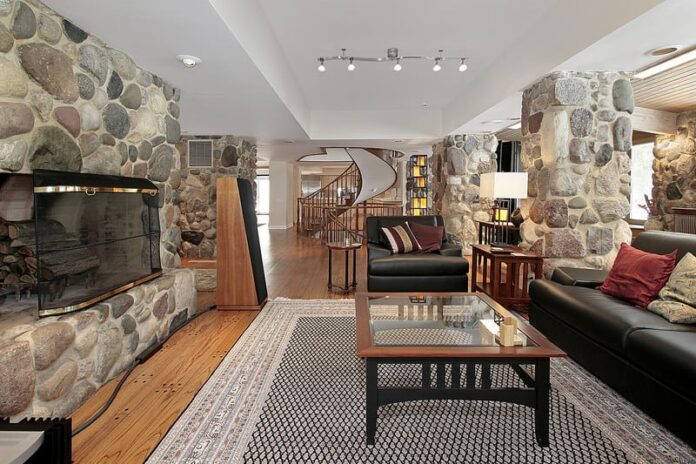
The leather universe is vast, teeming with choices that cater to every whim and fancy. Full-grain leather, renowned for preserving natural scars and textures, emerges as a frontrunner for those chasing the quintessential Western vibe. Top-grain skin, on the other hand, offers a refined smoothness, ideal for spaces that lean towards a polished Western modernity. But navigating this sea of choices isn’t just about aesthetics. The leather’s quality, its tanning process, and its source play pivotal roles. Investing in premium quality ensures that the piece doesn’t just serve as a fleeting ornament but as a timeless heirloom, aging gracefully and acquiring character with each passing year.
Leather Furniture Placement
Placing leather furniture is akin to orchestrating a symphony. Every piece must be in harmony, complementing its neighbors, and contributing to a unified visual melody. A grand sofa might serve as the magnum opus of a living room, drawing eyes and setting the room’s tone. However, smaller pieces, such as leather stools or accent chairs, needn’t be relegated to the shadows. Positioned strategically, they can anchor spaces, provide contrast, and introduce layers of visual depth. It’s essential to ensure that every skin piece, big or small, feels purposeful and interacts gracefully with its surroundings.
Color Coordination
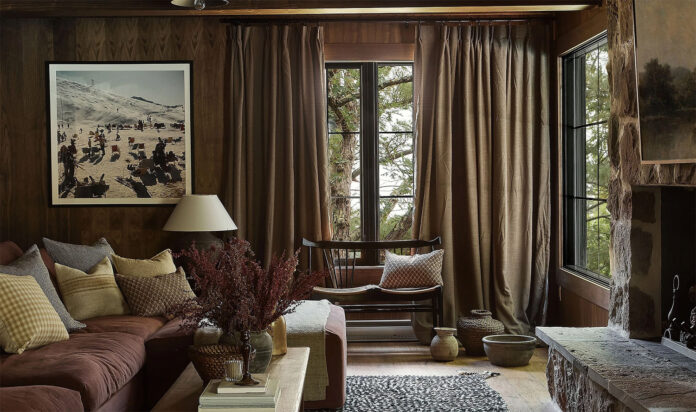
In the realm of Western design, color palettes are inspired by the very heart of nature. Earthy tones reminiscent of sprawling terrains, dusky blues that mirror expansive skies, and the fiery oranges and reds of a desert sunset. Leather, with its innate richness, can amplify these palettes. But choice is crucial. Warm hues like tan, chestnut, and deep mahogany resonate effortlessly with the Western aesthetic. They bring with them a warmth, an invitation to sink in, to feel at home. When it’s woven into the fabric of a room, it’s essential to ensure that its shades not only complement existing colors but also elevate them.
Accessorizing with Leather
While leather furniture stands as a testament to luxury and rustic elegance, accessories crafted from skin act as the unsung heroes that complete the narrative. Leather throw pillows can introduce an intriguing contrast on a fabric sofa, while rugs beneath wooden or metallic tables ground the space, adding layers of tactile delight. But accessorizing with leather isn’t just about adding pieces—it’s about celebrating texture. A smooth cushion against a rough-hewn wooden bench, or a textured rug on polished wooden floors, creates a dance of contrasts. It’s these subtle interplays, these quiet conversations between textures, that bring depth and dynamism to Western decor.
Maintenance and Care
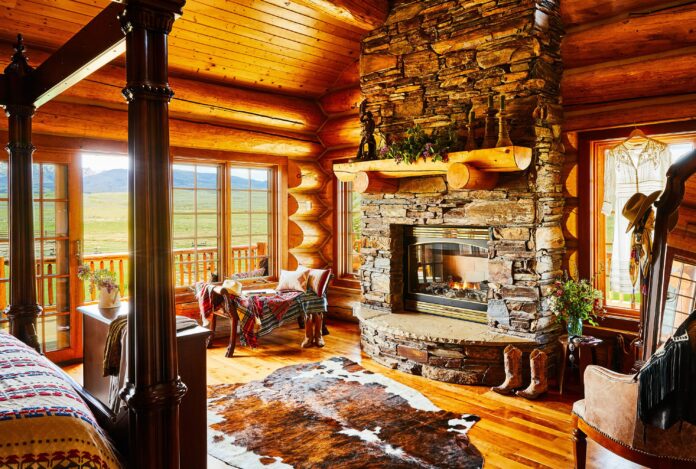
The beauty of leather lies not just in its immediate appeal but its ability to age gracefully, acquiring a patina that tells tales of times gone by. But such evolution demands care. Frequent cleaning, done with gentle, chemical-free solutions, ensures the leather remains pristine. Conditioning becomes a ritual, a process of nourishing it to retain its luster and suppleness. While the market teems with leather care products, it’s crucial to choose those that respect leather’s natural essence. Always patch-test any product, ensuring it’s a perfect match.
The Don’ts of Using Leather Furniture
For all its charm, leather, when misused, can turn from an asset to a liability. A room drowning in leather risks feeling stifled, losing the airy charm that Western decor promises. It’s also crucial to avoid the trap of monotony. Different pieces, even if high quality, can clash if they don’t share a cohesive story. Moreover, Western decor, with its symphony of textures and materials, demands balance. Being overly smitten with leather can lead one to neglect other equally vital elements, disrupting harmony and diminishing the room’s potential.
Balancing Leather with Other Materials
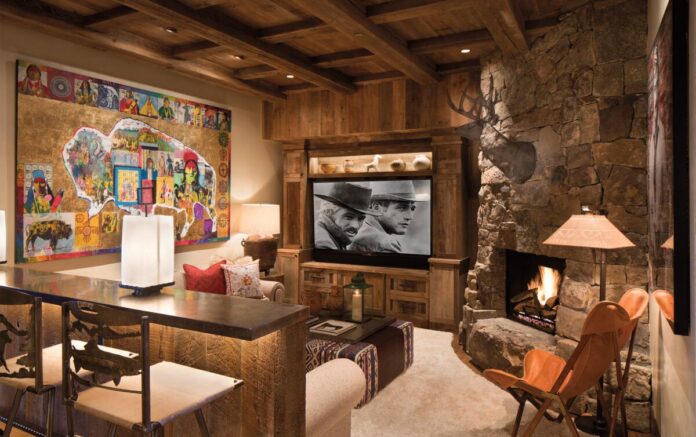
The Western aesthetic is a ballet of balance. Leather, majestic as it is, must find harmony with other stalwarts of Western decor: wood, metal, stone. A sofa paired with a rustic wooden coffee table or set against a backdrop of a raw stone wall exemplifies this balance. Metal fixtures, perhaps wrought iron or brushed steel, can provide a delightful contrast to leather’s organic warmth. This dance of materials, each with its rhythm and charm, ensures that Western decor remains a multi-dimensional, multi-sensory experience.
Personalizing Your Western Style
Every home tells a story, and Western decor provides a rich palette to narrate yours. Personal trinkets, family heirlooms, or even customized leather pieces bearing personal insignias can make spaces truly one’s own. Perhaps an armchair handed down generations, or a newly acquired leather ottoman customized with your initials.
Conclusion
Incorporating leather into Western home decorating is an art, a delicate dance of choices and placements. The key lies in balance, in ensuring skin complements rather than overshadows. As we embrace the rugged charm of Western decor, let’s remember to respect leather’s potency, to use it judiciously and care for it passionately. After all, Western decor, with its deep roots in history and nature, reminds us of the enduring beauty of authenticity and the timeless tales woven by materials like leather.

